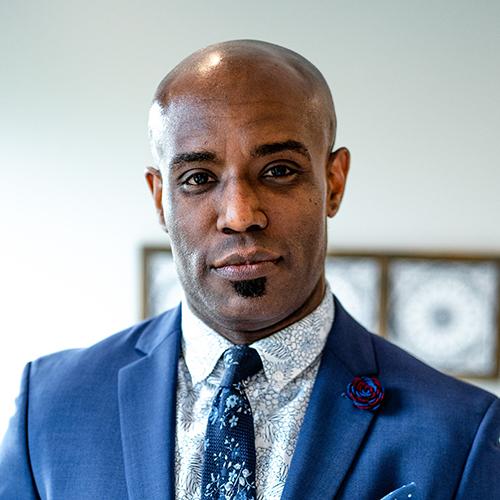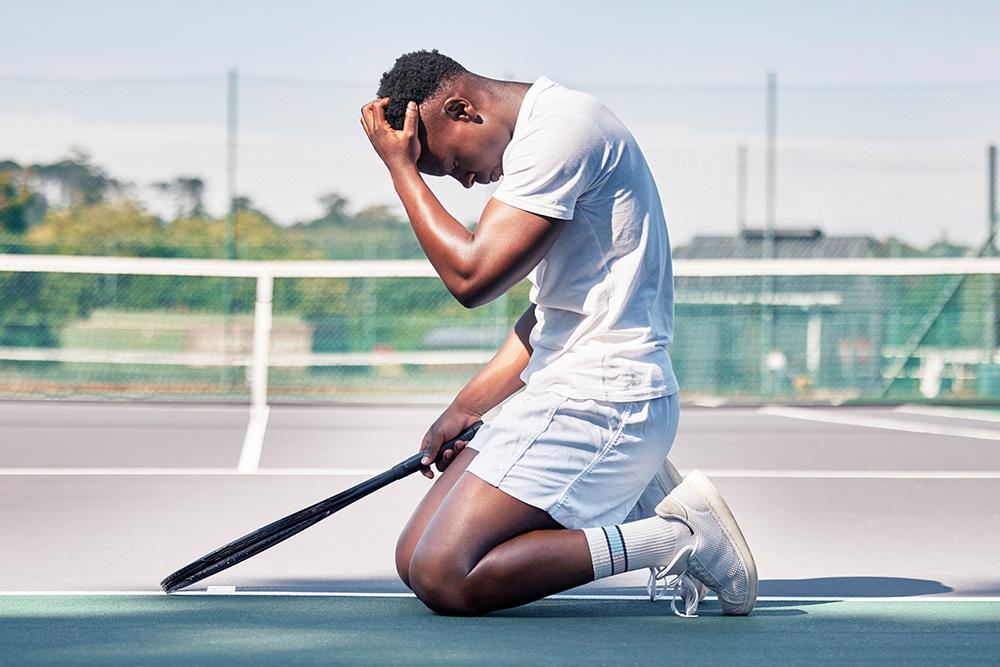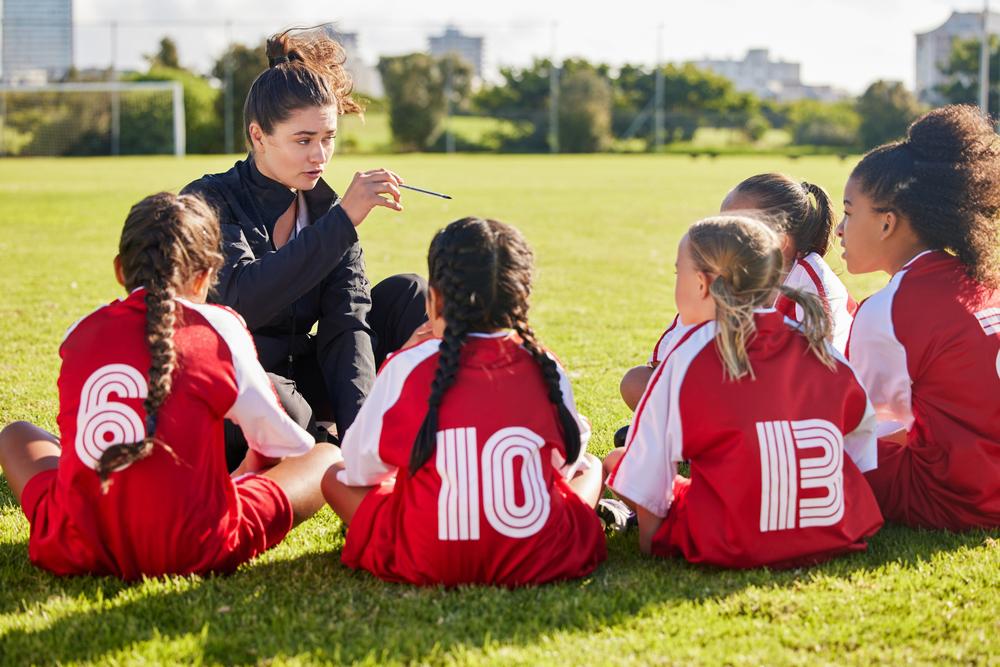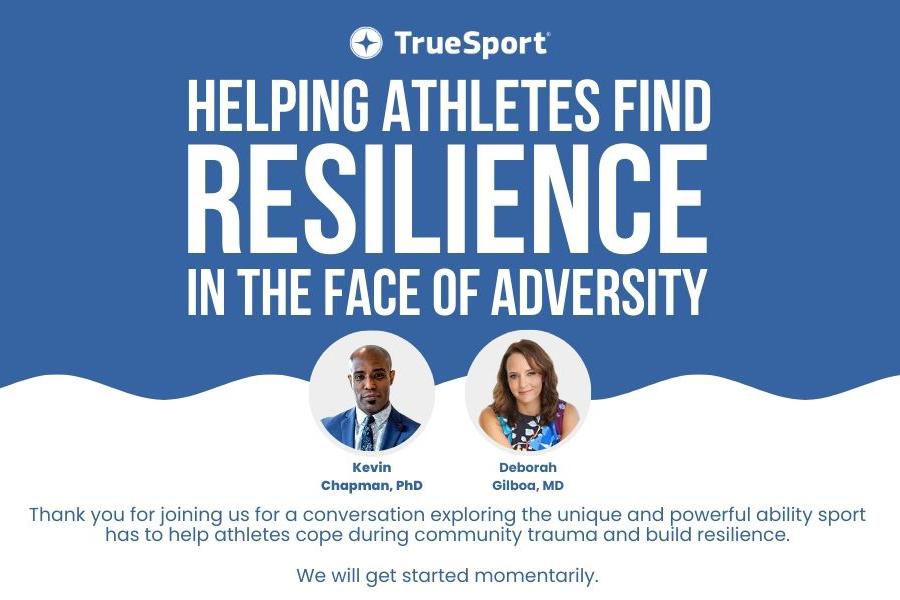 Failure is an inevitable, healthy, and normal part of life—and a great way to “practice” failure is though youth sport. Being able to embrace failure and grow from it are skills, and testing those skills in low-stakes situations can have big payoffs later in life.
Failure is an inevitable, healthy, and normal part of life—and a great way to “practice” failure is though youth sport. Being able to embrace failure and grow from it are skills, and testing those skills in low-stakes situations can have big payoffs later in life.
Here, Dr. Aaron Dinin, who teaches an entrepreneurship class at Duke University called Learning to Fail, and TrueSport Expert Kevin Chapman, PhD, clinical psychologist and founder of The Kentucky Center for Anxiety and Related Disorders, explain the benefits of failure and how you can use failure as your team’s secret super power.
Why is failure important?
“Failure is the universe’s most honest feedback loop” says Dinin. “It tells us—without sugar-coating or grade inflation—where the edge of our current ability lives.” He explains that in order to progress, we need to fail.
“It is 100 percent a good thing to lean into failure,” says Chapman. “People who have a high standard for themselves understand that failure is part of the journey towards growth and success. On the other hand, people who are perfectionistic view failure as unacceptable, which is actually very limiting. When you view failure as just another part of the process, then significant learning can occur as a result. You fix it and then move forward.”
Dinin explains that there are a few key benefits of learning to fail. Failure, especially in low-stress situations, teaches valuable life skills. “Figuring out why you missed the goal in soccer on Monday looks a lot like debugging a business pitch on Thursday,” he says. A student-athlete who can fail and learn from it on the field is more likely to be able to handle the stress of a final exam or term paper.
But it’s also an important skill when it comes to developing resilience. “Repeated micro-failures build a psychological callus,” he says. “It makes the mind more flexible—and eventually ready for bigger loads.” Dinin adds that getting comfortable with failure can also boost mental well-being: If failure doesn’t feel like the end of the world, anxiety levels stay lower.
Why youth sport should be a safe environment for failure
Sport in general is a great place to learn about failure in a low-risk way. Miss a basket? You can try again a minute later, or in the next game. The stakes are low compared to most other parts of life, so it’s a great chance for a young athlete to develop the skill of failing and bouncing back from that failure.
 Sport also allows for clear cut failure and feedback in a way that much of life doesn’t. “A basketball rim never lies, and a stopwatch has no feelings,” says Dinin. “In sport, the rules are clear, the consequences are contained, and tomorrow’s practice always shows up. That built-in reset button means athletes can run experiments on themselves—miss the shot, tweak the form, shoot again—without existential fallout.”
Sport also allows for clear cut failure and feedback in a way that much of life doesn’t. “A basketball rim never lies, and a stopwatch has no feelings,” says Dinin. “In sport, the rules are clear, the consequences are contained, and tomorrow’s practice always shows up. That built-in reset button means athletes can run experiments on themselves—miss the shot, tweak the form, shoot again—without existential fallout.”
Unfortunately, there are some team cultures in youth sport where failure isn’t seen as a good thing. Whether you’re an athlete, coach or caregiver, you may find that you fall into what Dinin refers to as a “sky is falling” mentality, where one setback or one loss feels like the whole world is ending.
A lot of people also expect to win—and then keep winning. “Expecting a 100 percent success rate is unrealistic, but people want it,” he says. “But remember, nobody wins every game or the championship every year. If they did, the sport wouldn’t be enjoyable.”
Dinin also notes that some teams develop a ‘win-at-all-cost mentality,’ where every mistake is treated as a character flaw. And other teams are over-coached, which Dinin notes can “turn athletes into remote-controlled drones instead of decision-makers.” These environments do more harm than good when it comes to developing healthy athletes and people who are set up for success on and off the field.
Scrolling on social media can also make it seem as though everyone around them is succeeding, which can make failure even more stressful. “Social media often only shows an athlete’s highlight reel,” says Dinin. “Athletes fail in silence, succeed on camera—but that buries the messy middle where mastery grows.”
How to effectively use sport as a testing ground
Youth sport is a great chance for athletes to learn to fail, but in order to do so, coaches, caregivers, and athletes need to appreciate failure’s value.
“Caregivers need to be self-aware and acknowledge how their own fear of failure can be transmitted from parent to child,” says Chapman. “It’s transmitted in two ways: modeling and information transmission. So, it could be showing your athlete that failure makes you anxious or afraid, or it could be speaking about failure in a way that shows failure is a bad thing in your own life. The most important thing a caregiver can do is become self-aware of how their distress and negative feelings are transmitted to their child.”
For coaches, Chapman notes that reinforcement is always going to be a more powerful tool for behavioral change than punishment. “Reinforcement is meant to increase a behavior, while punishment is meant to decrease a behavior,” he says. “People respond more effectively to being told what to do versus what not to do. When you speak to an athlete, focus on what they did well before giving corrective feedback.”
For both coaches and caregivers, Chapman recommends ensuring that your language separates identity from performance. “Athletes tend to hear that they are a ‘bad performer’ when they make a mistake, instead of hearing that it was a ‘bad performance’ and that is absolutely the wrong message,” he says. “Athletes need to understand that yes, we will all have bad performances at some point, but we have the ability to change the actions and behaviors that lead to those performances. We aren’t failures, we just have failed in certain situations.”
For athletes, learning to separate performance from identity is a critical skill to develop. “Adopting phrases or mantras like ‘progress, not perfection’ or ‘failure is part of the process’ can be helpful,” he says. “I also want athletes to get in the habit of asking ‘What did I learn today?’ after every game or practice, since thinking about failures in the context of lessons learned can help shift them from negatives to positives. That’s the most powerful question any athlete at any level can ask themselves, so that they can always have a process mentality.”
Below, Dinin offers some additional prompts and activities for coaches, parents, and athletes to help them embrace and learn from failure:
For coaches:
- Run “mistake drills.” Schedule reps that require experimentation—athletes can’t pass unless they first try something new.
- Narrate your own mistakes. Let players hear you say, “I guessed wrong on that strategy—here’s what I learned.”
- Score creativity, not just outcomes. A daring attempt earns points in practice, even if it clanks off the rim.
For parents:
- Replace “Did you win?” with “What did you discover?” in the post-game car ride.
- Celebrate visible effort: muddy jerseys, red faces, worn laces—symptoms of productive risk.
- Model and embrace non-catastrophic failure at home: burn a pancake, laugh, make another.
For athletes:
- Keep a failure log—one line per practice about what went wrong and the tweak you’ll test next.
- Pair up with a “failure buddy” who swaps honest debriefs instead of polite thumbs-ups.
- Build a pre-game mantra that focuses on learning, rather than winning. For example, “Today, I collect data.” This simple reframe turns pressure into curiosity.
Can failure go too far?
While failure is an important facet of youth sport and development, there is a point where failure can cease to be positive or beneficial. “If every rep produces the same error with no adjustment, you’re not failing, you’re rehearsing frustration,” says Dinin. “Healthy failure lives in the zone where each miss sparks a new hypothesis; beyond that, it’s time to shrink the difficulty or seek new coaching so the learning loop re-opens.”
Chapman agrees, noting that panic attacks, dropping grades, or other dramatic behavior changes can be signs that it’s time to move on or make significant adjustments.
_________________________
Takeaway
Learning to fail is an extremely valuable skill in sport and in life, and youth sport is a great place to develop that skill in a low-risk way.



